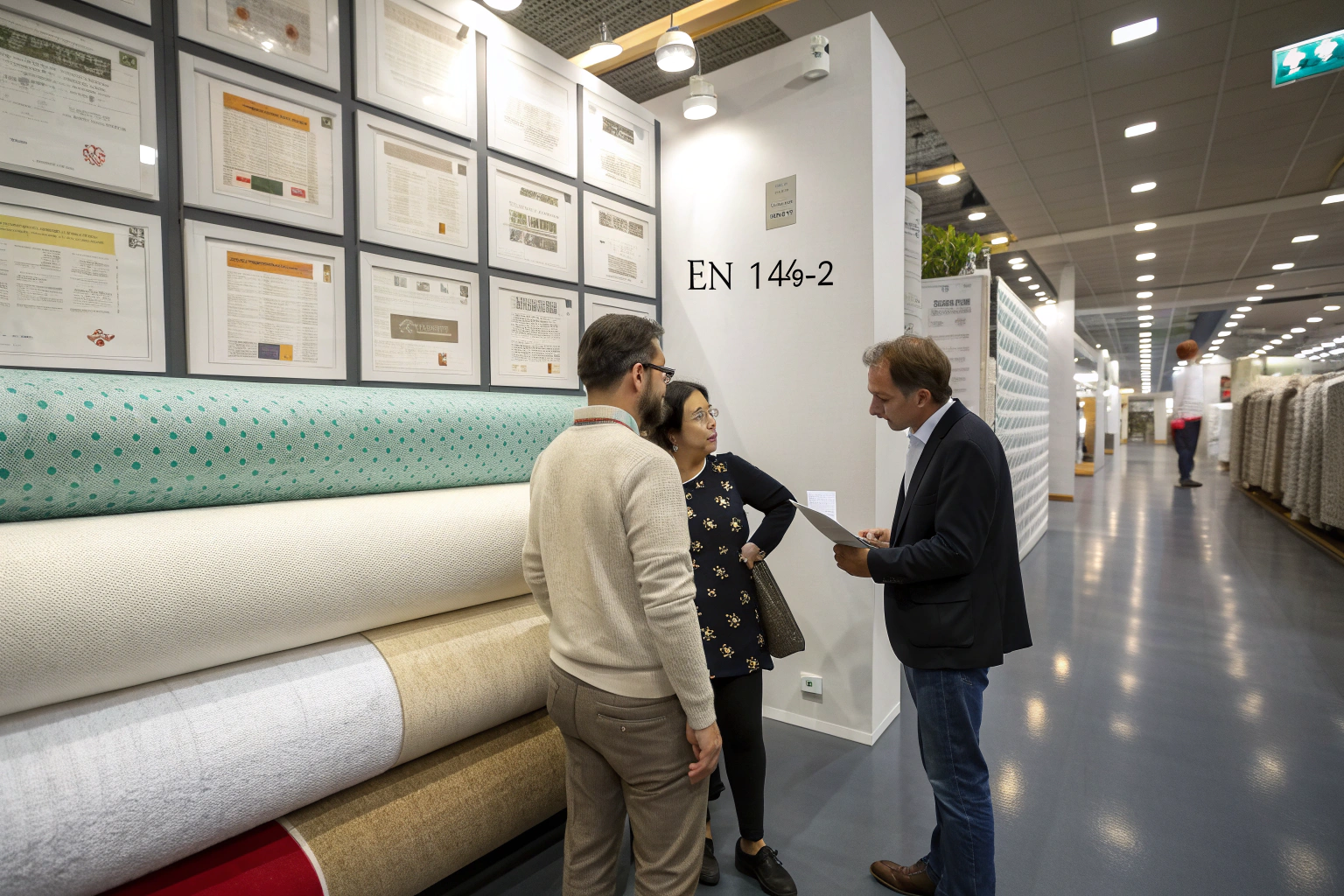When sourcing protective fabrics, one of the biggest challenges buyers face is ensuring compliance with strict safety standards. Electrostatic discharge (ESD) in workplaces such as chemical plants, refineries, and electronics assembly lines can lead to accidents, fire hazards, and costly damages. Without reliable fabrics that meet EN 1149-2, companies expose workers and equipment to unnecessary risks. Many buyers feel lost when trying to identify which suppliers are truly certified and which are only making claims.
The good news is that EN 1149-2 certified fabrics are available worldwide through specialized suppliers, industrial marketplaces, and direct partnerships with mills. These textiles are tested to guarantee fast electrostatic field decay, providing workers with both comfort and protection.
The real key is knowing where to look, how to verify certifications, and what questions to ask suppliers. In this article, I will walk you through trusted sourcing channels, highlight common product types, and share insights from my experience working with global fabric buyers.
What Makes EN 1149-2 Fabrics Essential for Safety?
Electrostatic hazards may not be visible, but they are one of the most dangerous workplace risks. Imagine a warehouse worker handling volatile chemicals without proper clothing protection—one spark from static electricity could cause an explosion. This is why industries rely on EN 1149-2 fabrics, which are specifically tested for vertical resistance and field decay time.
EN 1149-2 certified fabrics ensure that electrostatic charges dissipate quickly, minimizing the risk of ignition or equipment failure. These fabrics are widely used in oil and gas industries, petrochemicals, pharmaceutical production, and electronics assembly.
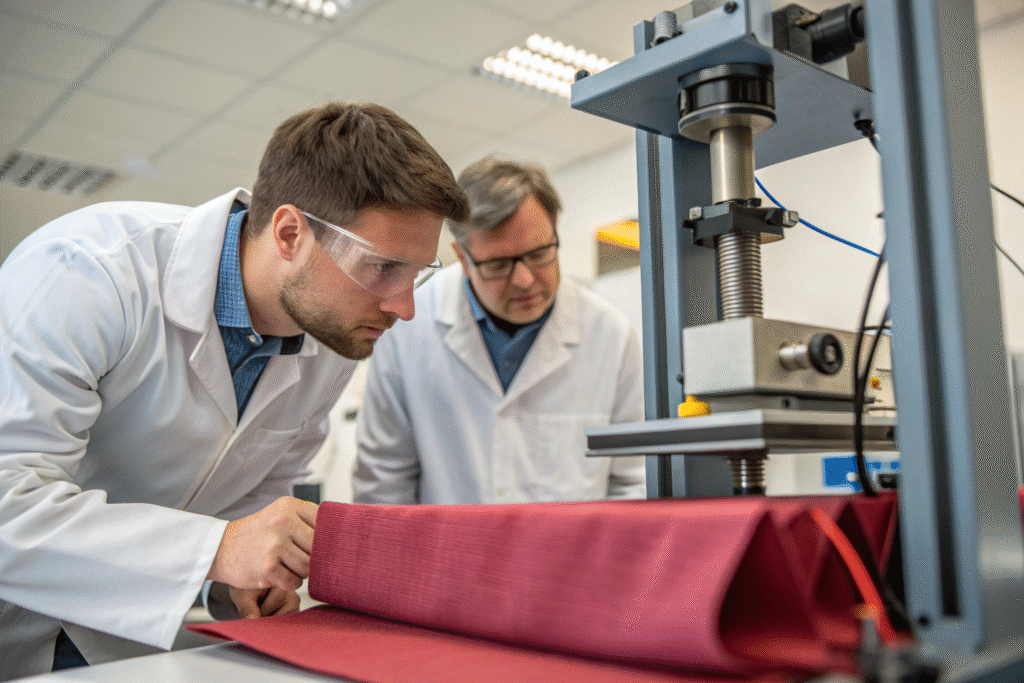
Many suppliers advertise “anti-static fabrics,” but only those with proper certification can guarantee compliance. That is why every buyer must verify test reports and supplier credibility before placing orders.
Why Do Industrial Buyers Rely on EN 1149-2 Certification?
EN 1149-2 certification is not just a label; it is a guarantee that fabric performance has been measured using strict decay time methods. Buyers in industries such as oil & gas and electronics manufacturing rely on these results to comply with international safety regulations. For example, European Agency for Safety and Health at Work emphasizes the importance of electrostatic safety standards. Similarly, testing organizations like SGS provide globally recognized certification.
Without proper EN 1149-2 compliance, companies risk non-compliance fines, delayed shipments, and reputational damage.
How Does EN 1149-2 Testing Work?
The standard measures the half-decay time (t₅₀) of an electrostatic field at 1000 volts. If the field decays in less than four seconds, the fabric passes. This ensures workers’ clothing will not accumulate charges. Testing labs such as TÜV Rheinland and Intertek specialize in certifying these fabrics. Buyers should always request copies of official reports before committing to bulk orders.
Which Suppliers Offer EN 1149-2 Certified Fabrics?
In my sourcing experience, buyers often waste time with suppliers who claim compliance but cannot provide valid certificates. This is why I always recommend focusing on well-known producers and verified international brands.
XM Textiles and U-long are two leading suppliers with proven ESD fabric portfolios. Both provide multiple weights, blends, and finishes to match industry-specific needs. Additionally, several manufacturers on Alibaba and Made-in-China also offer EN 1149-certified fabrics, but verification is essential.
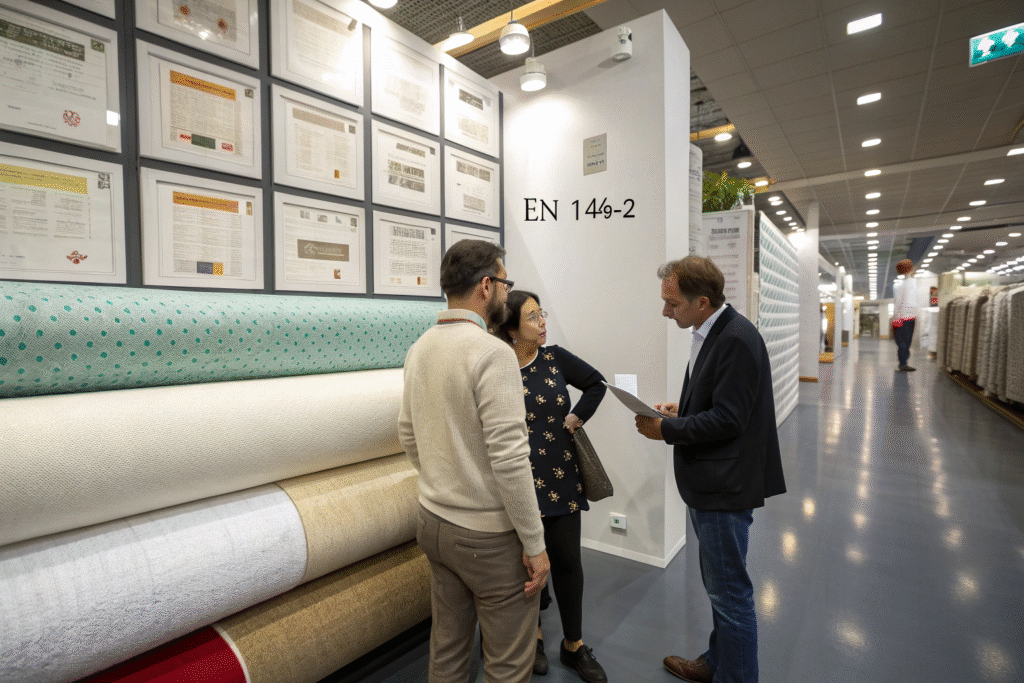
Trusted mills provide consistent quality, documented compliance, and reliable logistics. These are critical factors for buyers who cannot afford delays or failed tests upon delivery.
Where Can You Find Reliable EN 1149-2 Fabric Mills?
Several reputable mills specialize in functional protective fabrics. For example, XM Textiles produces woven and knit ESD-certified options. Another trusted name is U-long, which supplies knit jerseys that combine flame retardant and static-dissipative properties. Both companies export worldwide and are well-recognized among professional buyers.
Online marketplaces such as Made-in-China also list certified suppliers, but it is crucial to verify authenticity before purchase.
How to Verify Supplier Certifications Before Ordering?
Buyers should always request up-to-date test reports from ILAC-MRA accredited labs like SGS or ITS. It is also wise to confirm that certifications cover EN 1149-2, not just general antistatic properties. For example, reports must show decay times under four seconds. Reputable suppliers readily share documents, while suspicious vendors avoid detailed answers.
What Types of EN 1149-2 Fabrics Are Available?
Not all protective fabrics are the same. Some industries require lightweight breathable options, while others need flame retardant fabrics with static protection. This is why suppliers offer a broad range of blends and structures to meet diverse requirements.
Common EN 1149-2 textiles include polyester blends, cotton-rich twills, and modacrylic jerseys. Buyers can select fabrics based on weight, durability, comfort, and additional performance features such as flame resistance.
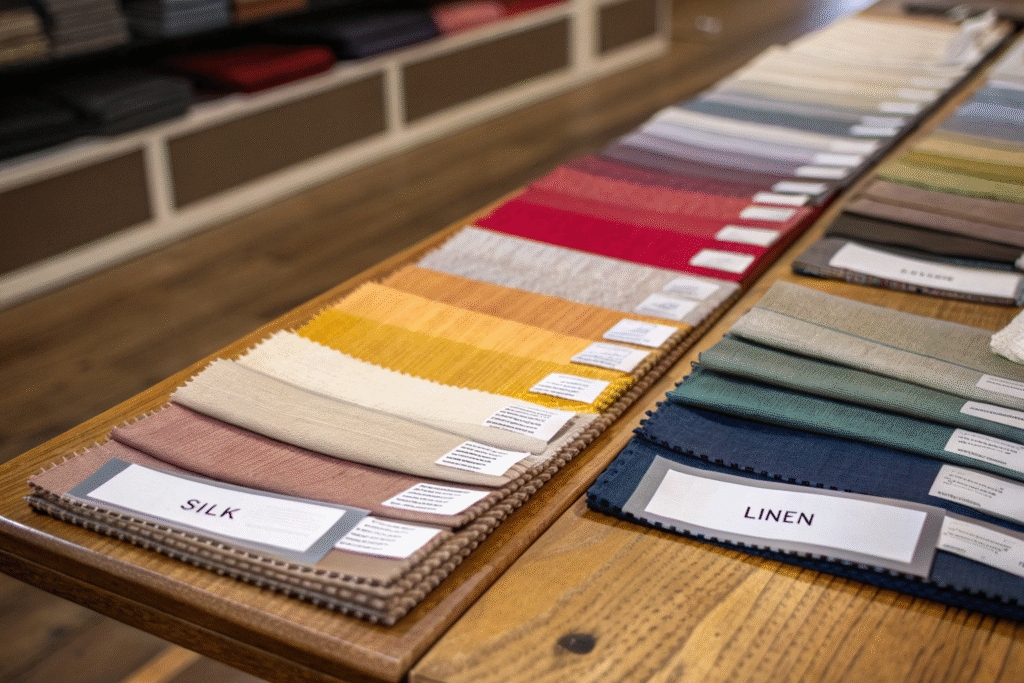
Understanding available product types helps buyers make informed choices that align with both compliance and comfort.
Which Blends Are Most Common in EN 1149-2 Fabrics?
Blends of polyester, cotton, and carbon fibers are widely used. For example, CLEANSTATIC fabrics by XM Textiles combine polyester and cotton with antistatic fibers to achieve compliance. Similarly, modacrylic blends from U-long provide both flame retardant and ESD protection. Buyers should match blends to their end-use needs, balancing comfort, durability, and certification.
Do EN 1149-2 Fabrics Combine with Other Standards?
Yes, many fabrics meet multiple standards at once. For example, flame retardant twill fabrics are often certified to EN 11611, EN 11612, and EN 1149 series. This is particularly valuable in industries where both fire and static risks exist. Buyers should ask suppliers whether one fabric can cover multiple certifications, reducing procurement complexity.
How Should Buyers Approach the Ordering Process?
Finding the right supplier is only half the battle. Buyers must also manage sample verification, lead times, and international logistics. Poorly planned sourcing can lead to expensive delays, especially when safety standards are involved.
A structured approach—sample testing, certification verification, and contract terms—ensures successful orders. By combining trusted suppliers with proactive QC, buyers can save both time and money.
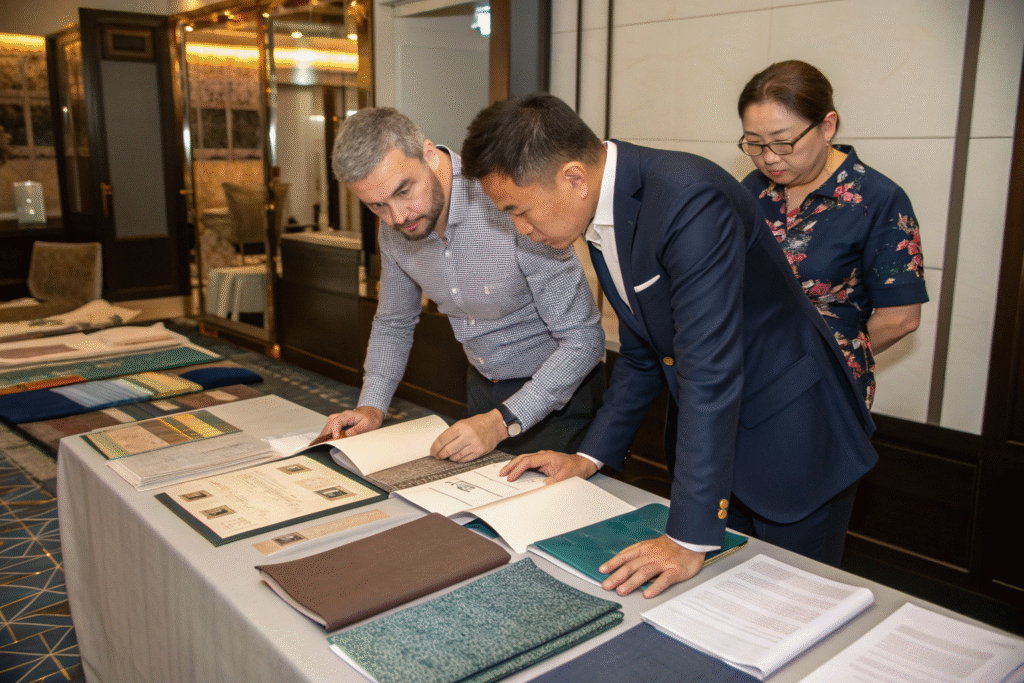
Working directly with professional suppliers who understand export logistics and compliance is the best way to guarantee smooth procurement.
What Steps Should You Take Before Bulk Ordering?
Buyers should first request lab dips and fabric swatches. Once samples are received, they must be tested against EN 1149-2 requirements either in-house or via accredited labs. Contracts should specify compliance requirements, shipment timelines, and penalty clauses in case of non-compliance. Industry experts like Bureau Veritas provide independent inspection services that help confirm product integrity before shipping.
How to Manage Logistics and Customs for Certified Fabrics?
International logistics for certified fabrics must be handled carefully to avoid delays. Buyers should work with suppliers who have strong shipping experience in both EU and US markets. Providers such as DHL Global Forwarding or Kuehne+Nagel specialize in textile logistics and customs clearance. It is also helpful if suppliers already have export documentation aligned with EU safety regulations, which speeds up clearance at destination ports.
Conclusion
EN 1149-2 certified fabrics play a vital role in ensuring workplace safety across industries like oil and gas, pharmaceuticals, and electronics. Buyers must carefully evaluate suppliers, verify certifications, and align product types with their operational needs. By working with reliable partners and following structured procurement steps, sourcing ESD-protective fabrics becomes straightforward and secure.
If you are ready to develop or source your own certified fabrics, we at Shanghai Fumao can provide complete support—from weaving and finishing to testing and logistics. Contact our Business Director Elaine at elaine@fumaoclothing.com to discuss your next project. We look forward to helping you protect both your business and your workforce.

